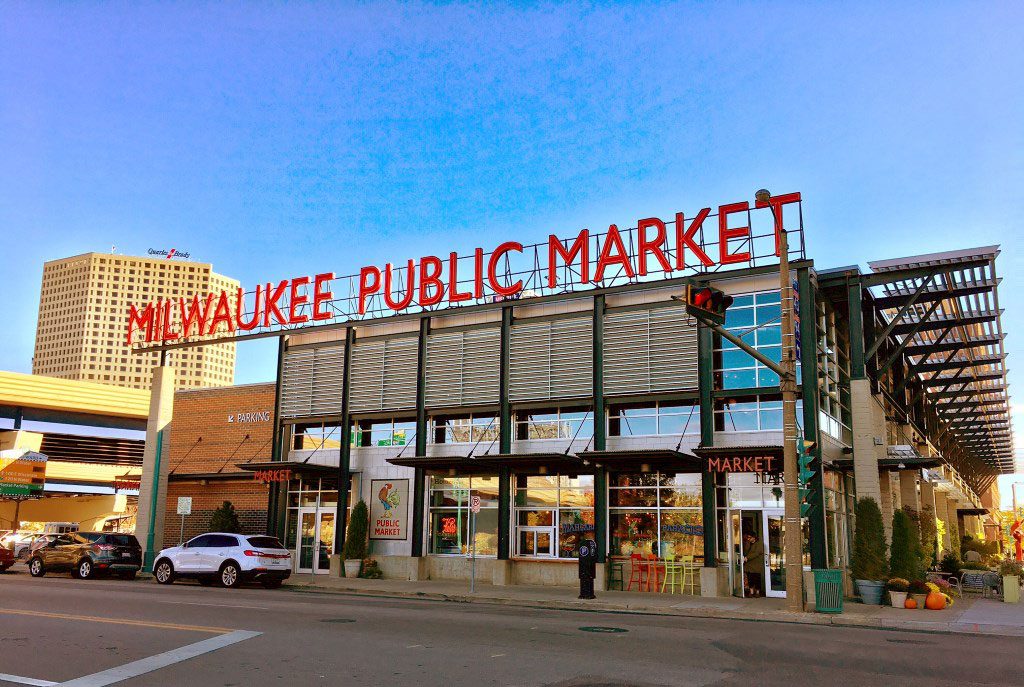
On the edge of the city’s Historic Third Ward, the Milwaukee Public Market offers local baked goods, cheese, meats, produce, and prepared foods.
Food halls—where people can find a variety of food purveyors and gather for an informal meal on the fly—have been around since the 1980s. Traditionally, food courts have been fixtures at shopping malls or large transit hubs where shoppers or travelers can grab a quick bite from well-known food vendors or restaurant chains.
Today, though, the concept of a culinary hub is more local and offers more sophisticated food choices. It is also designed as a community gathering place to sit and stay, perhaps to share a meal with friends, rather than a gulp-and-go convenience stop.
The new version is rapidly gaining steam, with food halls popping up in communities large and small. In 2021, there were 360 food halls identified across the U.S., with 127 more under development.
In this article, we explore some of the drivers behind this trend and highlight four diverse examples of new or soon-to-open food hall concepts across the state.
For landlords and communities, food halls are seen as a good investment. They attract a high volume of visitors and provide a highly desirable amenity, and they are especially popular with millennial and Gen Z consumers. A Technomic study found that 63% of millennials visit a food hall monthly, and having an accessible food hall is identified as a draw for 78% of those under age 30 and 61% of older consumers.
Establishing a center that attracts young people to a downtown district, adds critical dining and entertainment options, and supports local entrepreneurship is a significant win from a community development perspective. Research also shows that food hall visitors often stay in the district longer and spend more than other customers. A 2021 study by Technomic found that 59% of food hall customers dine in the halls rather than taking the food home, and Jones Lang LaSalle research found that shoppers dining at food halls spend an average of 35 extra minutes browsing shops compared to non-dining visitors. For landlords, although management responsibilities may increase, having multiple tenants in a single space reduces the vacancy risk and increases the desirability of upper-floor office and retail space by providing a desirable amenity.
For food entrepreneurs, food halls offer a lower-cost entry than a standalone restaurant. Overhead costs are lower, management and marketing responsibilities are fewer, and there is a base of built-in foot traffic. On a per-square-foot basis, food hall spaces can generate 10 times the sales volume of a traditional restaurant, according to Aaron Allen & Associates. While many vendors in these hubs go on to open dedicated restaurant spaces, food halls provide a highly efficient starting point.
Food halls vary greatly by location and purpose. Milwaukee’s Public Market, which opened in 2005, is known as one of the early, successful examples of this model. Today, Milwaukee is home to at least eight public markets and food halls, ranging from the Sherman Phoenix diverse business incubator to the 3rd Street Market Hall, which transformed a former mall space into a market featuring craft cocktails, fine dining, and entertainment offered on a regular basis.
However, public markets are no longer only in large metro areas; multiple market models are now open or in development across the state. Here are four examples:
Madison: Global Market & Food Hall, 2161 Zeier Road
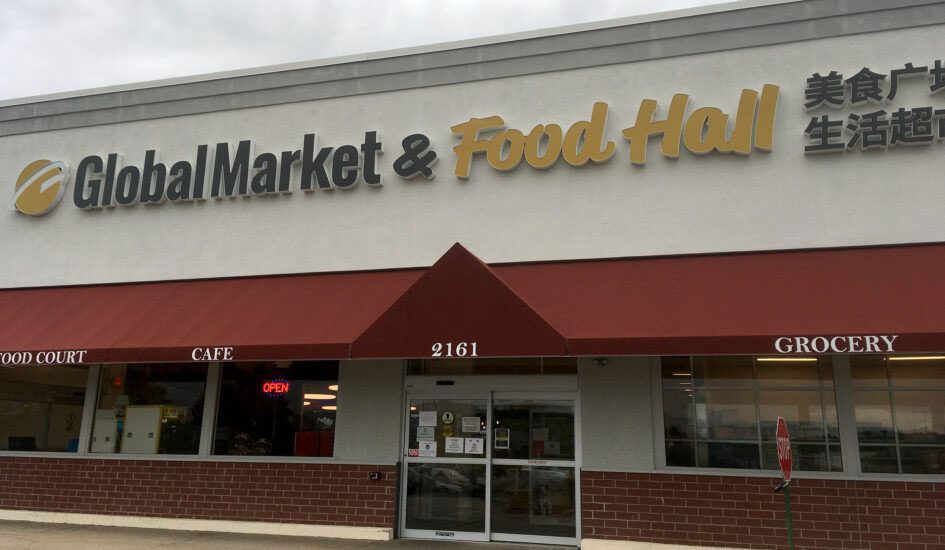
The Global Market & Food Hall is one example of a market with a targeted focus—in this case, Asian cuisine.
The facts: This Asian-centric food hall opened in 2020 on Madison’s east side.
The model: Global Market & Food Hall took over a vacant big-box space that formerly housed a Toys R Us store. After a full remodel, the open space includes a fresh seafood market, a grocery that stocks produce and imported products, a freezer section featuring prepared foods, and the food hall, all in a welcoming and brightly lit space. Even though it opened just before the pandemic, the business has continued to grow and evolve as new customers discover the space.
Tenants: The center consists of an Asian grocery store and 10 restaurant concepts. A majority of food hall tenants feature Asian cuisines, but others are welcome, including Arod’s Tex Mex & American Grill. Several tenants relocated from standalone restaurants into the hall, while others had built followings at local farmers markets or as food trucks, with the hall as their first physical location.
Partners: The vision for the space originated with the owners of J&P Fresh Market and local restaurateur James Jiang. They partnered to combine both business concepts into one destination business.
Chippewa Falls: Market on River, 128 W. River Ave.
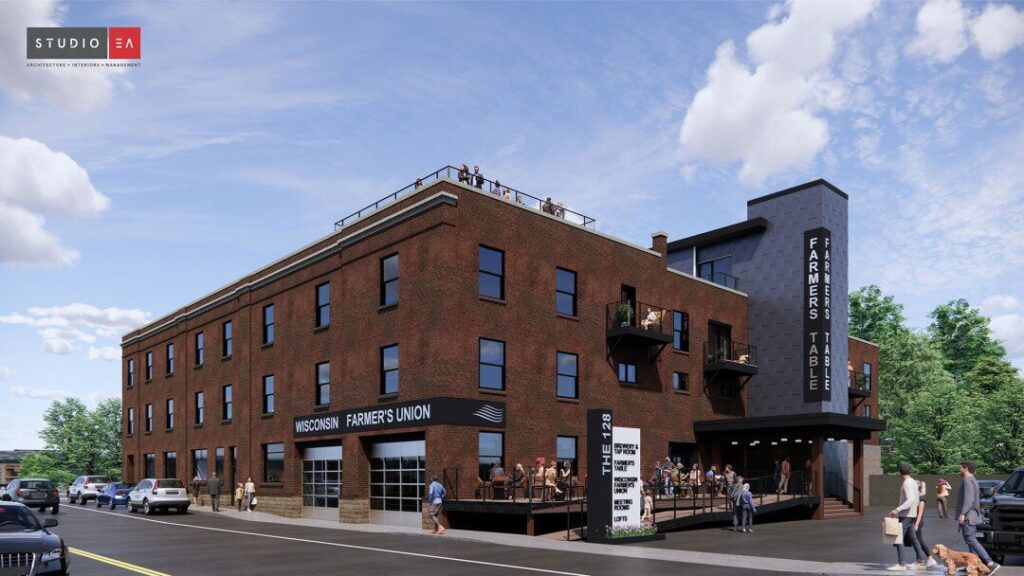
“Chippewa Falls is our historic home and we want to help restore vitality to both the community and to Wisconsin family farms through our efforts. We are so excited about the future,” said Julie Keown-Bomar, executive director of the Wisconsin Farmers Union.
The facts: Slated to open in summer 2024, Market on River will occupy the first floor of a historic building owned by the Wisconsin Farmers Union. The remainder of the building will house office, retail, and event space, as well as nine apartments.
The model: In a nod to their agricultural roots, restaurants housed in the building will be required to purchase at least 15% of their ingredients and materials from Wisconsin farms. Adjacent to the renovated Riverfront Park, the communal seating area will enjoy views of nature and access to numerous events that take place in the space.
Tenants: 12 small businesses, including NeNe’s Tacos, Wild Flour Bakery, Captain Coop’s Trading Company, a cocktail bar, and other yet-to-be-named local businesses.
Partners: Led by the Wisconsin Farmers Union, the market also received support from the City of Chippewa Falls, which provided $1 million through its Revolving Loan Fund. The Regional Business Fund also contributed to the project. Studio EA was the architect for the building renovation and Greenfire, a Potawatomi Tribe corporation, provided construction management. UW Extension and Wisconsin Women in Conservation were involved in engaging local women and minority-owned businesses as potential tenants for the space.
Green Bay: Green Bay Public Market, 211 N. Broadway
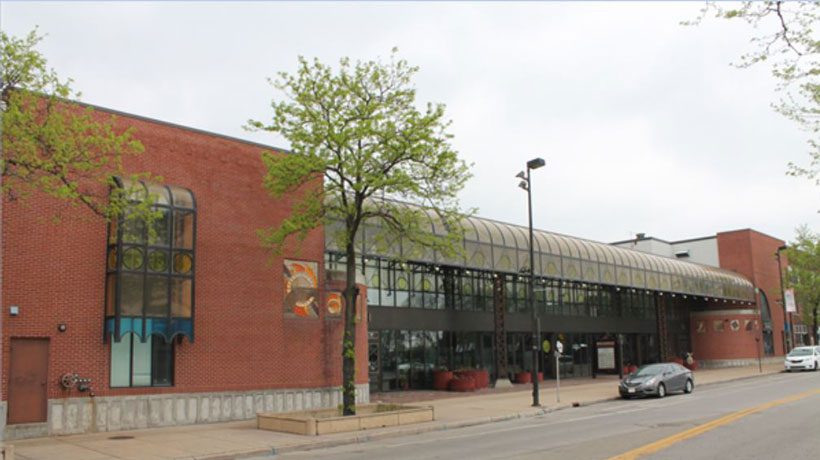
Before
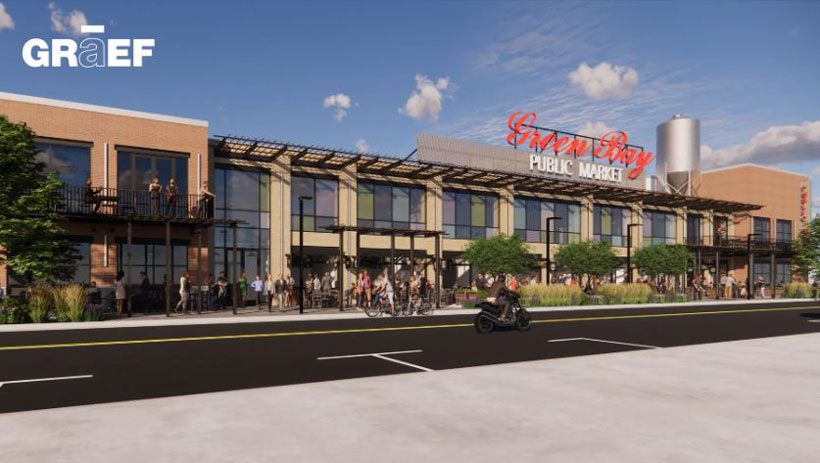
After – The after images of the future Green Bay Public Market illustrate the positive impact of food halls on active street activity.
The facts: Transforming a dated and underperforming 1980s office building, this $12.5 million project is expected to draw more than 1 million visitors annually to shop at the 20 local tenants. The market will occupy 50,000 square feet and will feature sliding door access to outdoor patio space, creating an enticing draw for pedestrians in the district.
The model: The planning team toured numerous models around the world and also attended the International Public Market Conference in Toronto when developing the plan for the public market. This research helped ensure that the layout, operating plan, and tenant mix would make the market—and its tenants—successful. The final plan calls for a facility about the size of the Milwaukee Public Market. The Green Bay Public Market will be owned and operated by On Broadway Inc., a nonprofit downtown development organization serving the district. In addition to restaurant spaces and communal dining areas, the development will also feature a demonstration kitchen and event space, and the facility will offer classes by and for both entrepreneurs and the general public, on issues that include business, nutrition, and cooking techniques. As a designated food desert and qualifying opportunity zone census tract, the space will serve as a food incubator, supporting and growing culturally diverse small businesses to boost household wealth while also offering healthy food options.
Tenants: Committed tenants include Voyageurs Bakehouse, West Coast Seafood and Chowder, Gather, and One Barrel Brewing Company.
Partners: Funding includes a diverse mix of sources such as the American Rescue Plan Act, U.S. Department of Agriculture, New Market Tax Credits, a WEDC Community Development Investment Grant, Community Reinvestment Act dollars, and other public and private contributors. RHG is the designer for the project, while GRAEF is the engineering firm and Boldt is the contractor.
Fond du Lac: Fond du Lac Food Hall, 1 S. Main Street
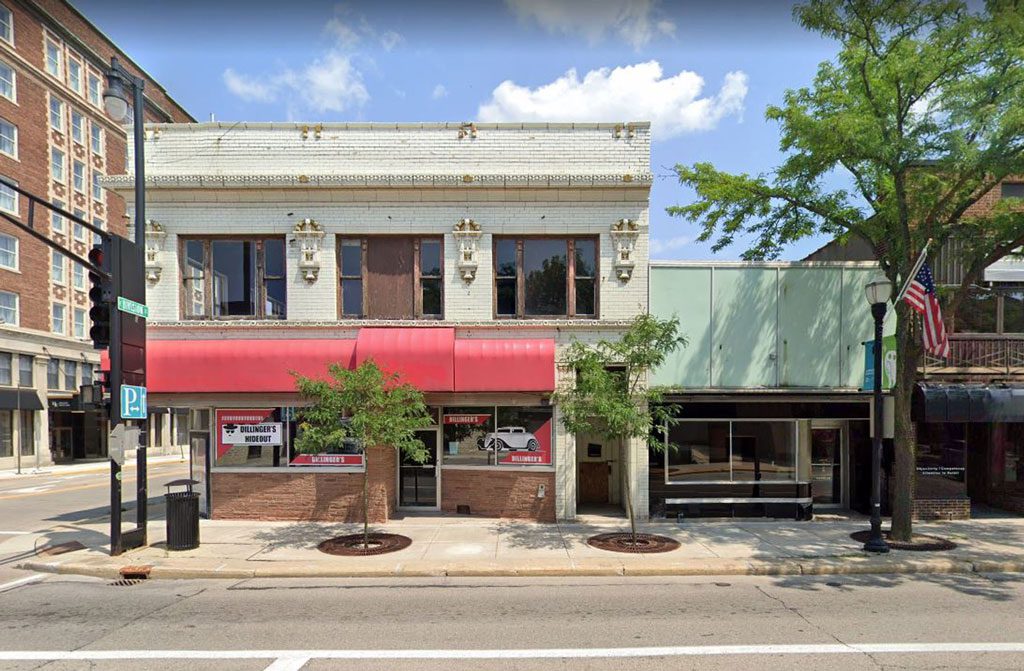
Before
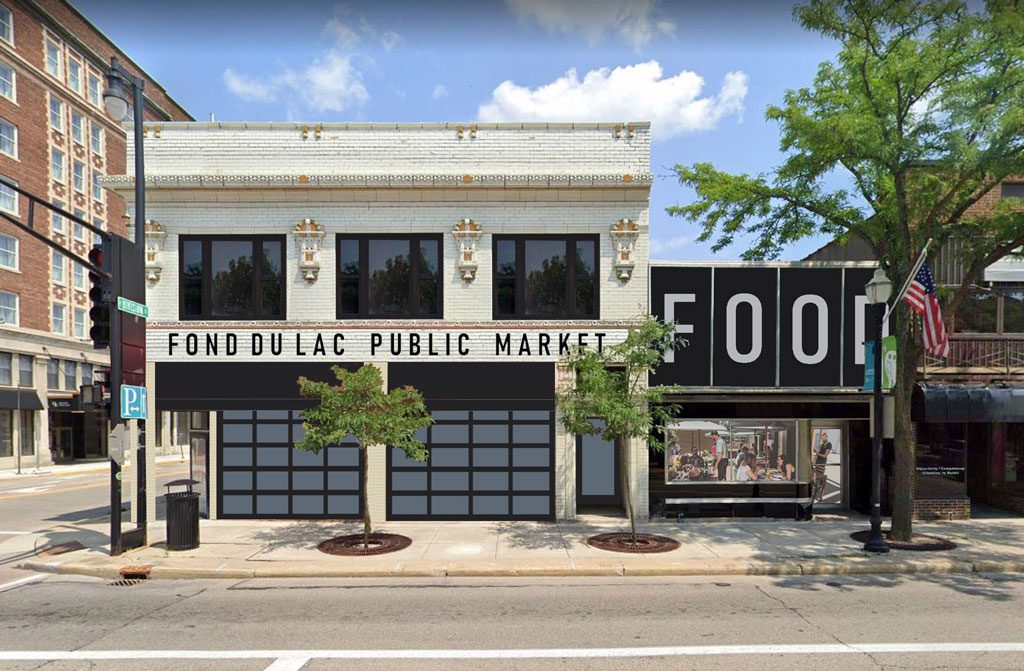
After – The Fond du Lac Food Hall’s goal is to activate a key corner property while enhancing the entrepreneurial culture of the downtown district.
The facts: Scheduled to begin construction in 2024, the food hall will occupy a vacant corner property strategically located adjacent to the recently renovated Retlaw Hotel. To date, properties have been acquired by the city redevelopment authority and roof and infrastructure repairs have been completed, while interior buildout and programming are still in the planning phase.
The model: Building on the success of its long-running farmers market and responding to a request by customers for more ethnic and healthy food options, the Fond du Lac Food Hall will serve as a draw in the center of downtown, helping to anchor the many other recent redevelopment initiatives in the district.
Tenants: The space will house seven or eight local restaurants; the food hall will function as a business incubator, offering a small, affordable space and business assistance to support and grow local food and beverage entrepreneurs.
Partners: The City of Fond du Lac, its redevelopment authority, and Downtown Fond du Lac Partnership are the current partners working on the project.
